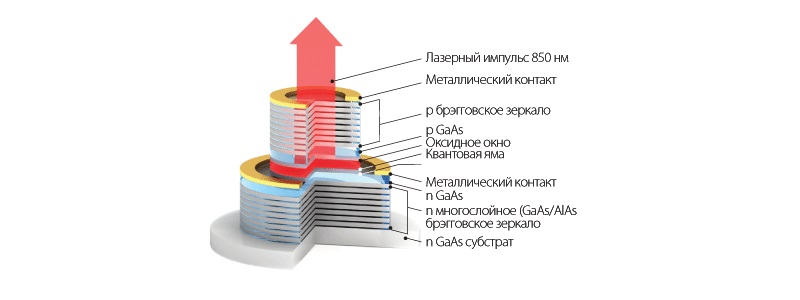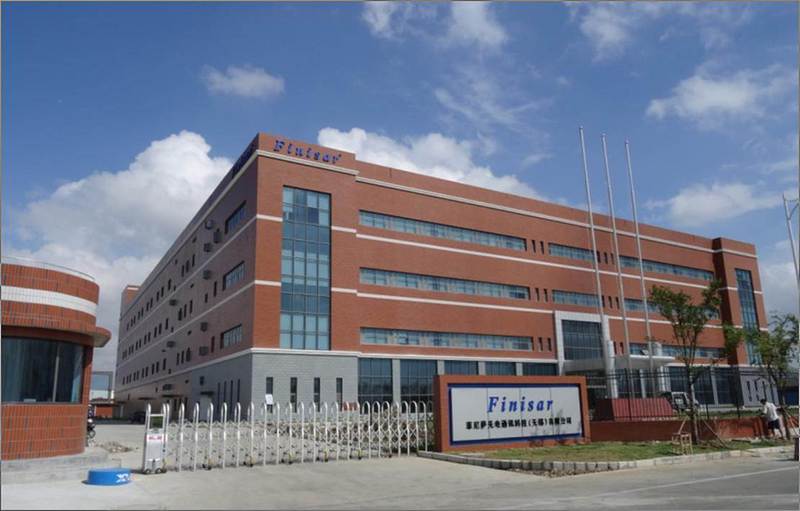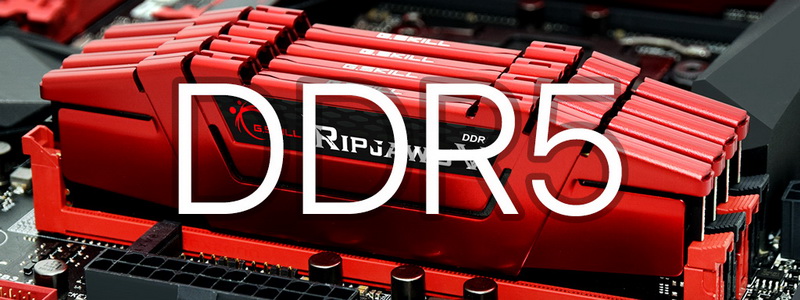While Apple is preparing for laser war, and the wireless module from Redpine eats poorly, we can count on the arrival of IoT in 2020. And the surviving Toshiba will miraculously help.

Apple invests in new plant being built by Finisar in Texas
How can this news be of interest to a reader of IT-telecom periodicals? Let's take a look at the innovative features in iPhone X such as Face ID, Animoji, and improved portrait photography (selfies). All are based on the VCSEL, a vertical-cavity surface-emitting lasers.

To simplify, this is a technology for placing a laser in the body of any motherboard, without lenses sticking out and other things that we have seen in science fiction films. At the same time, all the functions of the laser remain available, from using it as a rangefinder to using it in the face identification system (in fact, a topological map of the face surface is compiled and then compared with a control sample). The Californian company Finisar is going to build such a production facility in Texas, and Apple announced its intention to invest $ 390 million in these plants. No money has been given yet, but Tim Cook is already in full swing on this topic on his Twitter:
'Innovation in the heart of Texas! Proud that we have teamed up with Finisar, the latest recipient from our Advanced Manufacturing Fund '.

VCSEL lasers, in addition to iPhone, are planned to be used in new AirPods and wireless headphones Apple. Production from the new factories will begin in the second half of 2018. Add here messages Apple about their intention to buy 10 times more VCSEL products at the end of 2018 than at the end of 2017 were bought all over the world, and we will get a natural result – an increase in the value of Finisar shares by 22%.
Do you think, friends, can the development of VCSEL technology lead to the emergence of a smartphone that looks in all directions at once?
Record Wireless IoT Module (MCU) from Redpine
The Internet of Things expected in 2020 is gradually taking shape. Manufacturers one by one announce their modules, which differ from all previously released in two things:
- Power consumption in all operating modes tends to the threshold (when the control device is not able to determine the presence of current at all, and not its absence at all, as some dreamers write)
- All promising IoT modules are based on ARM Cortex, which allows the module to fit into a system of any complexity if it is also based on ARM Cortex.
These are the features of the new module from Redpine RS14100. It is based on the ARM Cortex M4F core, operating at 180 MHz and consuming 12 μA / MHz, which executes external and embedded instructions and acts as an application processor. Network connections are Wi-Fi 802.11abgn, 802.15.4 (full compatibility with ZigBee, WirelessHART, MiWi, ISA100.11) and Bluetooth 5. In standby mode when connected to a Wi-Fi network, the module consumes 50 μA , which is 3-4 times less than everything that was before. At the same time, data transfer rates up to 90 Mbps are guaranteed.

Perfect for a wireless smart ottoman with a built-in foot massage mechanism, isn't it?
Toshiba will still live
In previous issues of Birch, we talked about the difficult fate of the Japanese concern, which cannot sell its flash memory production to the Bain Capital group (+ Apple, Dell and SK Hynix) due to the claims of Western Digital, which have already invested at Toshiba a lump sum a year earlier.

Toshiba said that mutual claims were removed and agreements were reached. Most of the voting shares will remain with Toshiba, while WD and Bain members have received first-line guarantees for next-generation smartphone drives and SSDs.
So what made it possible for Toshiba to get rid of such little blood and retain control over production, and in the future not only regain full control, but also buy out all the shares? It's all about the constant, from year to year, growth in demand for flash memory. Think about that figure, in the first half of fiscal 2017 alone, Toshiba's 'on sale' flash memory business increased its revenues to $ 1.8 billion. And this figure will multiply in all the coming years. Against this backdrop, the $ 18 billion in external investment no longer seems like a big deal, and we see an epic picture of Toshiba beginning to slip out of the financial clutches. An analogy with the cartoon 'The Wolf and the Calf' involuntarily suggests itself, where Toshiba acts as a calf, and the semiconductor market is the breadwinner:

This led to an increase in Toshiba shares by 1.3%. One more interesting conclusion can be drawn from these events – in our digital time, one flash memory production costs more than the entire US nuclear energy industry (having bought it, Toshiba began to go bankrupt).
Random access memory remains the bottleneck of modern computers
Despite numerous attempts to switch to other types of RAM, the good old bar of DDR memory remains the only option when we calculate cost, performance, reliability and compatibility with current processors. Over the past 20 years, DDR performance per cycle has increased 128 times, but latency (the period of waiting for a processor command to be executed, measured in cycles) over the same period has decreased by only 1.3 times. This is despite new ways of arranging memory chips like HBM2 and Hybrid Memory Cube. The upcoming appearance of DDR5 memory implies, according to JEDEC standards, doubling the DDR bandwidth compared to the best DDR4 samples, but this is not enough to equalize the performance of the CPU and DDR.

And here is the opinion of Steven Woo, VP of Systems and Solutions for Rambus:
“There is obviously a need for more memory bandwidth and more memory, but DDR5 won't be the only solution, and it's unclear which of several other approaches might take off. We already see many modes of operation of RAM, departing from traditional x86 processes. This is the processing of cryptocurrencies, training neural networks, general calculations using the GPU or even morphing architecture (an attempt to replicate the work of the human brain). '
However, you shouldn't take Stephen's statements to heart, Rambus has a reputation as a patent troll, as we wrote about earlier.
I want to ask PC owners who recently switched from DDR3 to DDR4 memory, is there a difference in everyday use? Has the loading speed of the OS changed, and have the micropauses between the command issue and its execution been reduced? Or the difference is the same as between DDR2 and DDR3, i.e. none?
